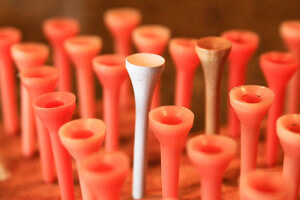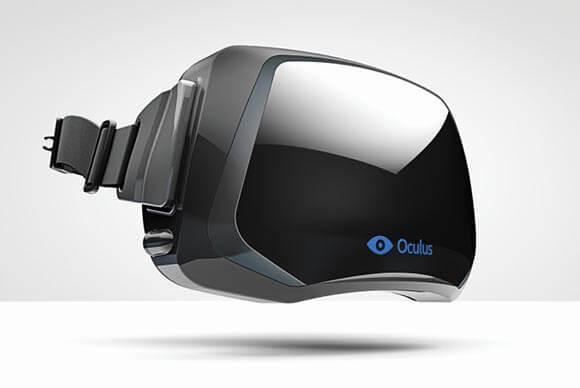This is part three of our series where we share Heartwood’s founding principles. The first in the series, Building the Business vs. Making the Quarter, and more can be found here.

Dare to be different
Making mistakes can be frustrating – particularly if you have the wrong mindset about them. You can either go the “bad news, I made a mistake” route, or can view it as “good news, I made a mistake!”
Wait a minute – “Good news, I made a mistake?”
Yes! And even better than making (and learning from) a mistake is something that brings us one step further: intentionally risking a mistake so you can perform an experiment. Bear hug the pain – without the blame.
Let’s back up a little. As we mentioned in a previous post, sometimes you need to “risk today’s pat on the back for tomorrow’s hug” – but its worth it in the long run. It’s really the only way to get from “Point A to Point Be.”
And this culture of experimentation that focuses on impact (vs performance) helps employees look at every aspect of your business with a critical eye – because they know they can. This isn’t about random experimentation, as there is certainly order in this chaos – just don’t discourage failure.
Here are 3 ways we lay out our experimentation buckets and harness this “structured chaos:”
1. New customers. With every new business we partner with, we need to learn about their specific O&M training needs. If we didn’t experiment and help new customers explore possibilities, we wouldn’t be here. This is ‘low risk’ exploring.
2. New industries. There are always new industries to explore – so we do! We ask ourselves questions like, “Will 3D Interactive technology be of interest to the Shipping & Logistics industry when considering compliance training?” Maybe – let’s see how we can discover that.
3. New technology. This is the area that offers the most potential for experimentation (comes with highest risk!) Augmented reality offers GREAT potential, though it’s possibly a bit early for large scale deployment, see the video:
And Virtual Reality is, of course, wonderfully immersive – but it needs external hardware to make it work.
For now, we are more focused on the ‘Anytime, Anywhere’ solution, which means deploying solutions on the hardware the world already has: Web, Mobile, PC; but that doesn’t mean we aren’t experimenting with future hardware in our labs. How couldn’t we when there are technologies offering fantastic potential out there – like AR/VR?
Does your business encourage experimentation?



